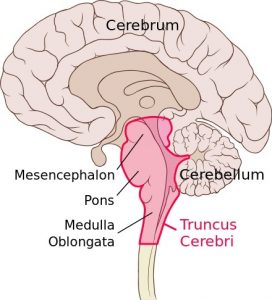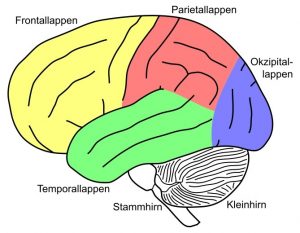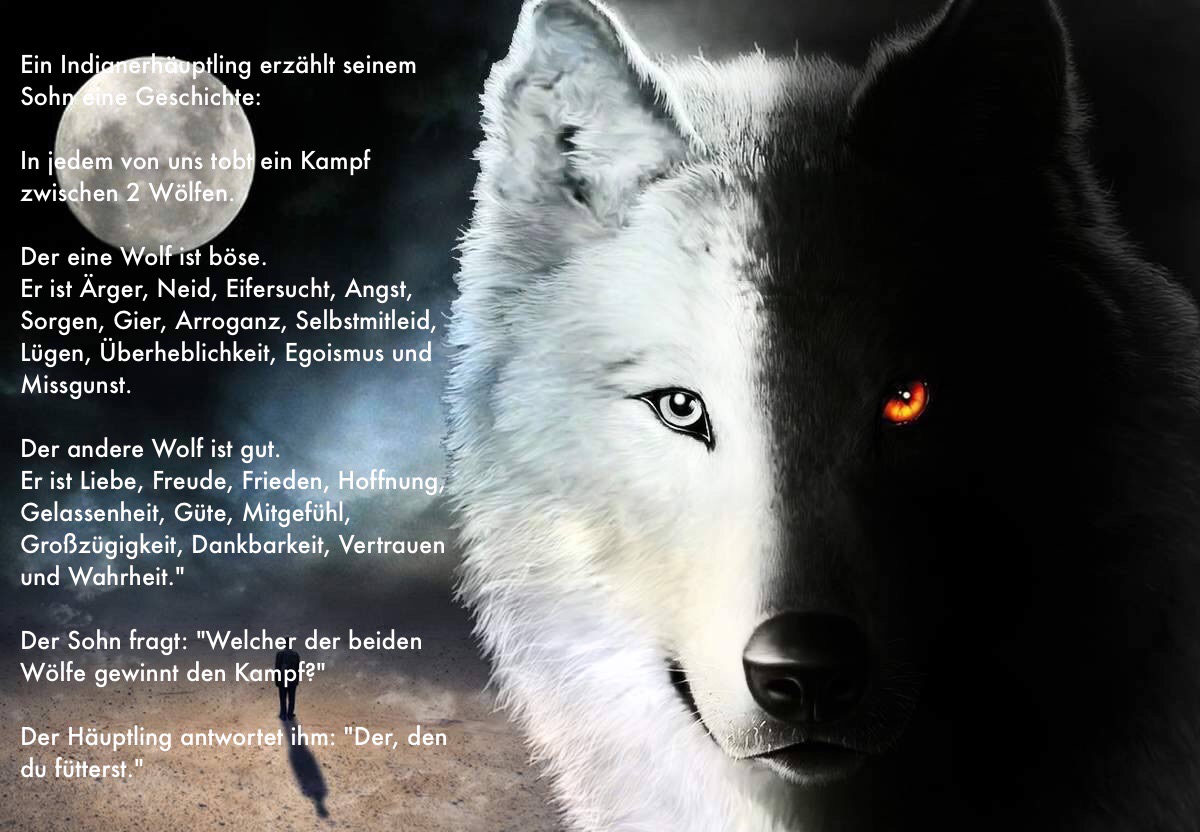In order to be able to deal with mental images and their effects, we must first make a small excursion into neuroanatomy and neurobiology.
Don’t worry, we don’t want to go into scientific details here, but just want to give a general (and very simplified) overview of the structure and function of the human brain.
Interestingly, the structure of our brain is closely connected to the evolution of mankind. Just as the first living beings first had to learn to take care of their inner workings, the basis of the human brain is also concerned with this:
In the so-called brain stem (consisting of the midbrain, the bridge and the extended medulla) the most basic functions of the human body are monitored and controlled, e.g. breathing, balance, digestion, blood circulation and much more. It is also often referred to as the “reptilian brain”, as it corresponds approximately to what reptiles are capable of. Everything here is programmed for survival, both internally and externally. It is very fast working and very simple reactions that are called up here. If a person really has to fear for his life, this is the region that takes control (within the noradrenergic excitement propagation). “Fight, Flight, Freeze” has its origin here.
Attached to the brain stem at the back is the cerebellum, which controls our (unconscious) movements and plays a major role in motor learning, attention and speech.
The next brain region on the way to “being human” is the diencephalon. Here our feelings have their origin, here we learn, here our drives come from and here is the “gate to our consciousness”.
The last stage is the “cerebrum”. This region of the brain is most developed in us humans and distinguishes us from all other animals. It lies like a hood on the rest of the brain. I will explain its structure from back to front:
At the very back (in the occipital lobe) visual information is processed and compared with other information of the body. In the parietal lobe, a little further forward, sensory information arrives from all regions of the body and is processed in higher thought processes (e.g. spatial thinking, reading, arithmetic). It is also here that the integration of the body with other information (e.g. vision) takes place, i.e. spatial coordination and attention.
At the side, in the area of the temple, lies the temporal lobe. This is where speech is controlled and the information from our hearing system is processed. Another very important function is also located in the temporal lobe, that of memory.
In front of the parietal lobe and in the middle of the temporal lobe is the frontal lobe. Here, too, several things are controlled. On the one hand this is the area of the brain in which our conscious movements are controlled and on the other hand our “personality”. This, probably the most important, part of our “being human” takes place in the so-called association areas of the brain, which are located in the “orbitofrontal cortex” (OFC), the region right in front behind our forehead.
In order to understand how our brain works, one should not imagine the individual areas isolated from each other, on the contrary! All areas of the brain are closely connected with each other and the individual functions are also controlled and changed in other areas, whereby in an emergency the lowest regions can “overrule” the highest ones.
For example, if I get extremely panicky, a region in the brain stem (the locus coeruleus) takes over the command and we can “no longer think clearly”. Everything in our brain and body is determined on an instinctive level and we fight, flee or become rigid with fear, how much influence we can have depends on many factors, including our previous experiences, fears and traumas.
While until a few years ago people thought that our brain could not change after a certain point in time, today we know that our brain can change throughout our lives.
It is like a muscle, the areas that you train become bigger and stronger, those that you neglect become smaller and thinner. This is the reason why we can change throughout our lives, why a mass murderer like Joshua Blahyi (who as a warlord was involved in the murder of more than 20000 people) can become a priest who cares lovingly for his parish and family.
I spoke above about the OFC as the seat of our “personality”. What makes our personality? It is the decisions we make. Why do we make decisions? Well, now it’s getting harder.
Very briefly and very simply:
Because of the interconnectedness of our OFC with the diencephalon (where our emotions reside) and the brainstem (where our instincts reside).
These connections take place in a region called “insula”, which is located between the temporal lobe and the frontal lobe, and a region called “cingulate cortex”, which is located at the bottom of the frontal lobe (i.e. on the diencephalon). These regions are the switching points of the integration of our feelings, our instincts with our consciousness, one could also say “our mind, our soul and our body”.
How deep this anchoring of our consciousness with our instincts goes can be seen from the fact that if you switch off a region in the brain stem called “periaqueductal grey” (where the seat, or origin, of the Fight / Flight / Freeze program is), you will immediately become unconscious.
But what is the basis on which our brain functions, what leads us to make decisions? They are pictures. Images that are stored in our brain centers. An image is always compared with another image and/or adjusted to bring about a change. A set value is compared with an actual value and then the actual value is adjusted to the set value. The images are stored as excitation patterns of individual brain cells and recalled as required. So the more often I call up an image, the more stable, faster and larger the path that is required to do so becomes. On the level of body regulation this is still quite simple and manageable (e.g. blood pressure / pulse are reported back to the brain and influenced there), but at the latest on the level of feelings and movements the whole system becomes very large and unclear because of the extremely many factors (images) influencing the regulation.
It is important to remember that the brain needs pictures in the form of experiences to be able to recall them later!
In OFC the different images of the most different regions are compared, weighted and strengthened or weakened. Depending on which path I take (or have taken) more often, the bigger and stronger this path and thus this image becomes, the more important it becomes for my personality. It is evaluated as more important in my OFC and determines my decisions there.
Now, in addition to the broader pathways, the brain has another way of weighting: that of chemical messengers. To stay with the example with the “Fight, Flight, Freeze” this is the norepinephrine. When an area of the brain (in this case the locus coeruleus) releases this substance, its images become much more important for the OFC and everything else fades and becomes unimportant, we are “instinct controlled”.
Other substances that cause a weighting are dopamine and serotonin which play an important role in addictions, traumas or even love.
So now we have the OFC, the insula and the cingulum where the images of the different brain regions converge and are processed / weighted. Since our brain is a very very plastic and effective structure, the connections are not only used for a single image but for the transmission of many different images. This understanding of the human brain is absolutely essential for everything else I will write about in the following articles on this topic, so I will illustrate it with an image:
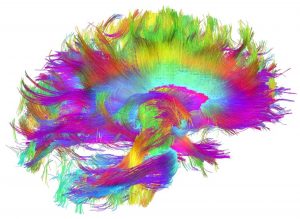 As described above, the use of certain images forms pathways in our brain. Retrieving the images builds these pathways. From a beaten path to a paved path, to a one-lane road to a six-lane highway. In the course of our development, the expansion of certain regions is easier at some times than at others, but in principle it is always possible!
As described above, the use of certain images forms pathways in our brain. Retrieving the images builds these pathways. From a beaten path to a paved path, to a one-lane road to a six-lane highway. In the course of our development, the expansion of certain regions is easier at some times than at others, but in principle it is always possible!
During the first months of life, the development proceeds rapidly, after three to four years it becomes slower in order to really pick up speed again during puberty. Not all areas are developed to the same extent at all times, there are differences here too, but that would take us too far.
The important thing is: the expansion of the roads by retrieving the pictures always takes place, sometimes more, sometimes less fast.
Now comes the decisive point:
The pictures (vehicles) shape the road, but once it is big enough, other vehicles can drive on it.
In concrete terms, this means, for example, that an emotional image (e.g. the safety through the mother) builds a distinct road from the OFC to the diencephalon, but this highway can also be used by many other images (vehicles) and, above all, is also used for decisions. Who wants to use a small bumpy side road when the big highway is next door?
Just as this motorway can only be built if the road is used often and intensively in childhood, so in the course of further development it can become a decayed and overgrown road again, which weathers further and further and finally is only a small dirt road, over which hardly any cars come. The use of the roads determines their condition.
On the other hand, this also means that a well-trodden and therefore wide path is preferred, which can be very useful, but can also very much restrict a person in his way of thinking and acting: If I always use only special ways to solve my problems, at some point I can see only these ways, because they have become so wide. This is then highly effective, but only as long as certain external circumstances do not change.
A “head person” who has learned to decide logically and rationally, who has perfected these ways and maybe even completed a corresponding course of studies (e.g. math, physics or a “humanities”) will always stay on these ways, simply because they are there. He will move in an environment in which he can cope well with his “solution paths”, where he is successful. The more often he is successful, the more this path will be strengthened and other paths will wither away.
When this person is faced with a problem, his OFC will compare the image of the problem with existing experience in solving similar problems, using highways rather than dirt roads. If a solution is found, the problem becomes a challenge and the solution is taken up. If no solution is found, the problem becomes bigger and more dangerous (for self-image, health, social status etc.).
The problem becomes more and more in the focus of our attention, other things become less and less important, the more dangerous and bigger, the more our instinct takes care of this problem and the more our locus coeruleus with its noradreanlin fires. This causes an unspecific activation in the OFC, in other words, it feverishly searches for possible solutions, all existing paths are used, the highways more and faster than the field paths.
If I don’t find a solution on this path, deeper and deeper centres take control: “it’s up to the bottle”. The more dangerous the problem becomes for the things that are important to us, the deeper and more intense the activation goes.
At the level of physical integrity (in the event of an attack, contact with a dangerous wild animal, etc.) our “instinct centre” then takes over and ancient survival programmes are called up, as a result of which our brain is flooded with noradrenaline and our body with the stress hormone adrenaline.
Everything that does not immediately promise a solution to the problem is shut down, including the networking of the OFC with other parts of the cerebrum, as conscious processing of information (from the body and the environment) takes too long. The deeper lying brain areas access this information via faster ways and process it faster and more directly. They virtually weaken our conscious thinking.
An example of this: If I meet a tiger in the wild, my locus coeruleus is immediately maximally active, since my physical integrity and thus my survival are maximally threatened. The norepinephrine floods my brain, provides for an Adreanlin release in my body (to prepare it for maximum performance), shuts down my conscious thinking and strengthens the highway to my instincts. I go into “fight” mode when I think I have a chance (e.g. because I can grab a stick, stone) or into flight mode to escape the threat. If the tiger attacks me and I lie under him my body will activate the freeze mode to become uninteresting for him, I “play dead”. This all happens “by itself”, you watch yourself from the outside.
Now not every problem we are confronted with is a free-running tiger and above all it does not appear so surprisingly. Nevertheless, always the same things happen if I do not find a quick solution for my dilemma (e.g., because my highways do not bring me on it): it comes to the noradrenalin release and activation of deep brain regions.
As described above, this leads to a general activation in the OFC and to a “stimulus openness” with which the brain searches for alternative solutions to the broad motorways (which have not found a solution so quickly). If the threat is not an immediate danger for us (as the tiger), this activation can last long (days, weeks, months, years). After some days/weeks, this leads to a release of another substance in the brain: the cortisol. The cortisol has special receptors in the brain about which it fulfils a very interesting and also important function:
It breaks down highways and favors the development of other routes!!!
Therefore, if I am exposed to a problem for which I cannot find a solution and/or which puts me in a state of stress for a long time, this favours the change of my brain. Ragged patterns, over which I could not find a solution, are reduced and others are built up, which can possibly lead to a solution. Since this happens very strongly in OFC, such a situation can change my personality, since the new highways can be used by many vehicles.
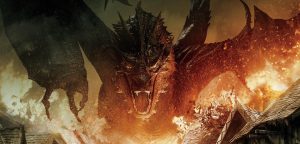 Let’s stay with an extreme example: the warlord “General Butt Naked”, Joshua Blahyi, whom I mentioned above.
Let’s stay with an extreme example: the warlord “General Butt Naked”, Joshua Blahyi, whom I mentioned above.
As you can imagine, the killing and murdering of people in the cruelest way puts you in a chronic state of stress, i.e. he is emotionally unstable, his brain is always malleable due to the permanent cortisol.
One day this man made the acquaintance of a priest who introduced him to the Catholic faith. For some reason, Blahyi now occupied himself with this teaching and thus formed other highways, especially those that connect his OFC with his diencephalon, because that’s what makes the confrontation with religion. Probably there was already a strong road there before, because anger and hate also connect the OFC with the diencephalon, but religion seems to have created a turnoff/exit, which made sure that this man became a loving family man and priest.
Through the intensive use of certain patterns/images, new roads have been built and existing ones used less. This led to a new “street landscape” and thus to other possible solutions for problems that arose. His personality changed.
OK, the example of the “converted” warlord is extreme and certainly not commonplace (if he doesn’t just play it), but you can use it to explain the effect of “neural plasticity” and how behaviour can be changed at all.
What led to Blahyi’s alleged change? The contact to religion. What does religion do? It has a very figurative language. In the Christian religion it’s parables, in Zen it’s the Koan that presents you with pictorial problems (How does the goose get into the bottle?) and in various shamanistic religions it’s images from nature and the animal kingdom.
Dealing with things that create an image in our brain, e.g. “goose in a bottle”, makes it easier for our brain to develop certain ways. In OFC, a picture addresses many brain areas, because a picture always works on different levels. The image of a goose in a bottle has an emotional (the poor goose), spatial (how does it fit in there), problem-solving (how do I get it out of there) and much more. All the images we have about geese and bottles and their relationship to each other are activated by this, so there are vehicles driving on these roads.
The question “How does the goose get into the bottle?” causes something else: It confronts our brain with a problem it thinks it has to solve. But in this case there is no logical explanation and our emotions (anger, desperation, perplexity etc.) are activated, so I recruit more vehicles on a larger network of roads. Of course, this does not lead to a solution with our goose, but the cars are driving on the road and the road is thus expanded, the network of paths becomes wider and wider and more complex the motorway network becomes denser and denser.
This better infrastructure is then of course also available to my brain for other problems that have nothing to do with bottled geese!
The greatest danger for our brain is to become “narrow-minded”, to become rigid about just one thing. This leads to inflexibility and to narrow thinking.
Dealing with many different things builds up a good infrastructure in our brain that can be used in many different ways. A pictorial language can help to develop this infrastructure and make our brain open.
I should offer my brain as many stimuli as possible in order to develop it and remain capable of acting:
– Everyone “knows” that sport is good as a supplement to intellectual work
– “Learning a musical instrument promotes intelligence,” they say
– “Sword (combat) and brush (art) go together”
– The learning of a martial art should be combined with the occupation of the Chinese classics”, that means the physical exercise should be extended by the mental training.
In summary: a physical activity should be extended by a mental one and vice versa. Even a one-sided mental activity (the specialization in science) should be supplemented by the occupation with other mental aspects in order to be able to apply the knowledge further and to put it into a larger context.
You have to train your brain as well as your body!!!
A healthy and fit body is as important as a healthy and fit brain and both interact with each other. How movement and the streets of the brain are connected we will explain here.
At this point I would like to thank you for the perseverance with which you read this article, it was long and contained a lot of information!
But I would like to build on this information in further blog posts and the understanding of this functioning of our brain is important in many areas of our life, the KK or religion are only one area, but with these two I would like to deal here, in this blog, further, because they have influenced and influence my life decisively.
We would like to close this article with an old Indian story, which fits very well to the topic “neuronal plasticity” and “path network in the OFC”:
